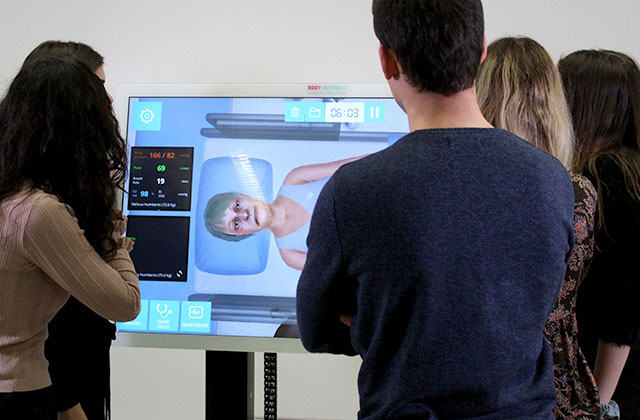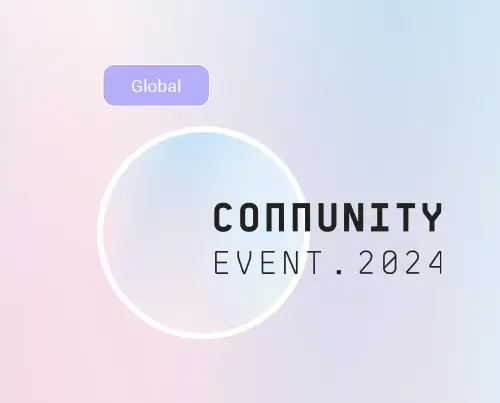Following the first phase of Body Interact Global Impact Study in Clinical Education, in which 617 students, from 11 higher education institutions from 8 different countries participated, a second phase was carried out.
In this second phase the data of 211 students, from 8 institutions, from 8 countries (Cape Verde, Chile, China, Mexico, Portugal, Spain, United States of America and Uzbekistan) was collected. The spectrum of curriculums joining the study broadens – as previously Nursing and Medicine institutions enrolled, but also Physiotherapy and Emergency Medical Services (EMS) joined.

Regarding the EMS participation, Pikes Peak Community College, from Colorado, USA decided to implement the study protocol with a set of 52 students. This project was led by Ms. Kimberly Whitten-Chung, Director of Paramedic education. Ms. Whitten-Chung also was a key speaker at the Global Network Event Body Interact conducted in past April.
Based on her experience and the outputs of this study, Ms. Whitten-Chung brought us her perspective on the Role of Virtual Patients at the beginning of the healthcare chain.
Let’s take a look at the key points of Pikes Peak Community College students’ participation! Students highlighted that Body Interact Virtual Patient experience:
- Provided connection between curriculum contents
- Fostered the training of communication techniques
- Promoted the development of decision-making, organization of clinical reasoning, and critical thinking strategies in a risk-free environment
- Allowed the development of self-confidence, relevant to function as a future professional

Also worthy of highlighting is the fact that students’ expectations with the usage of Body Interact were exceeded, as the students were completely satisfied with the simulator as a teaching-learning tool and as a technological resource.
Finally, and extremely relevant is that participants pointed out that the simulator helped to identify learning gaps and individual weaknesses in individual competency, but simultaneously validated the acquired competencies, and enhanced clinical experience.
Do you want to provide this experience to your students?







